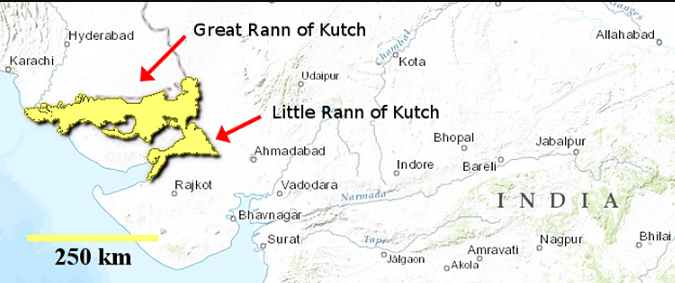The recent discovery of earth like planet orbiting a white dwarf is getting a sneak peek at the future of the Solar System, and the fate of Earth.
|
Red Giant Phase of Sun |
|
Reference
Science Alert| Earth like Planet Orbiting a Dwarf Star
A recent study using Hawaii-based telescopes, found the 1st rocky planet that is orbiting the white dwarf about 4,200 light years away from our solar system near the bulge at the center of the Milky Way galaxy.
Stars having a larger mass may end their lives as black holes or neutron stars. A light year is the distance light travels in a year, about 5.9 trillion miles.
White Dwarfs cool over time, and it is predicted that they would ultimately form ‘black dwarfs’, although the Universe is likely not old enough for any black dwarfs to exist yet.
Hubble was the 1st telescope to directly observe white dwarfs in globular star clusters in 2003, which astronomers reported as the dimmest stars ever seen in a globular star cluster.
References
Khur have recently overcome a near-extinction event.
|
Survival strategies of Khur |
|
Surra is an infection in Indian Wild Ass caused by the protozoan parasite Trypanosoma evansi and spread by biting insects
Reference
The Hindu| Survival of Khur in India’s Salt Desert

The Rann of Kutch can be considered a large ecotone, a transitional area between marine and terrestrial ecosystems.
Reference